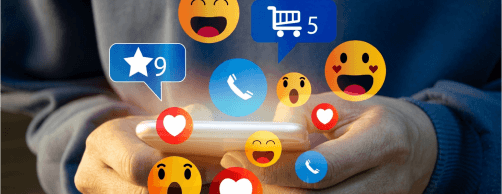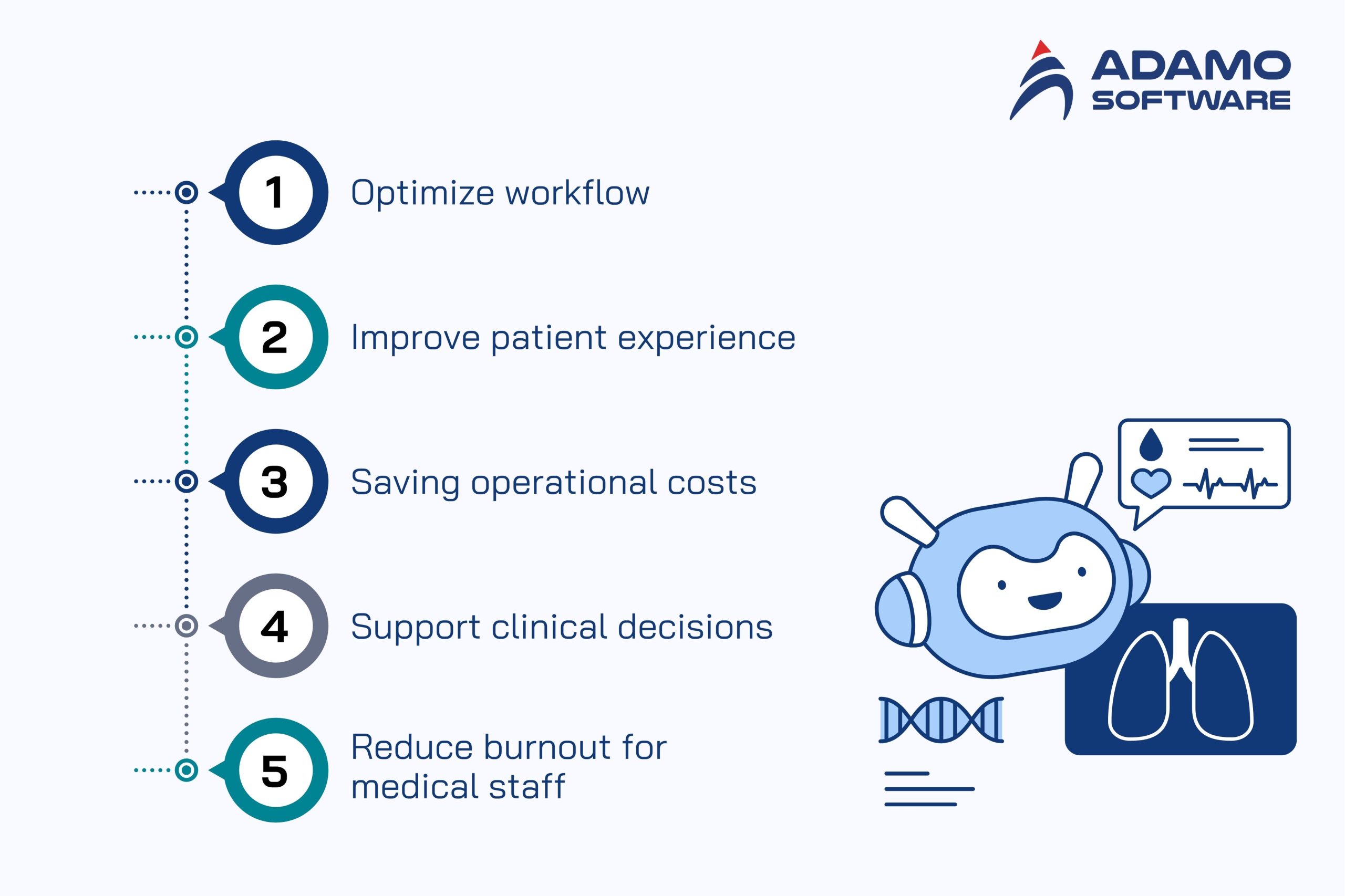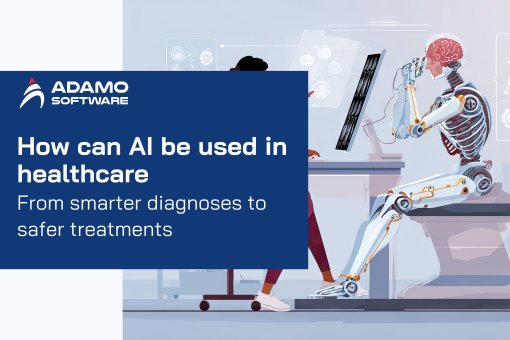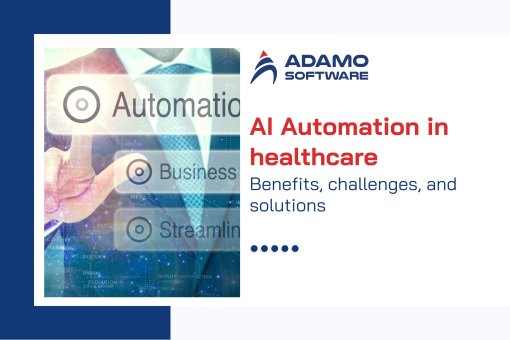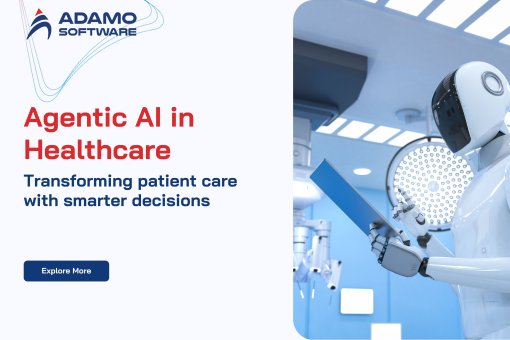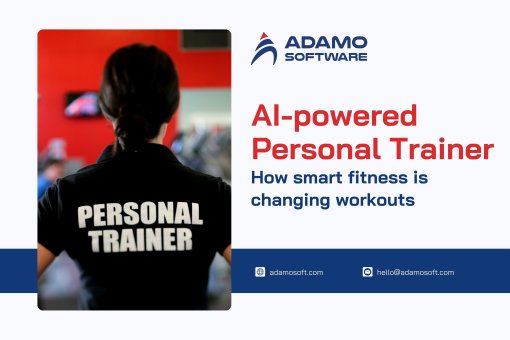AI Health Assistant: Benefits, use cases and best practices
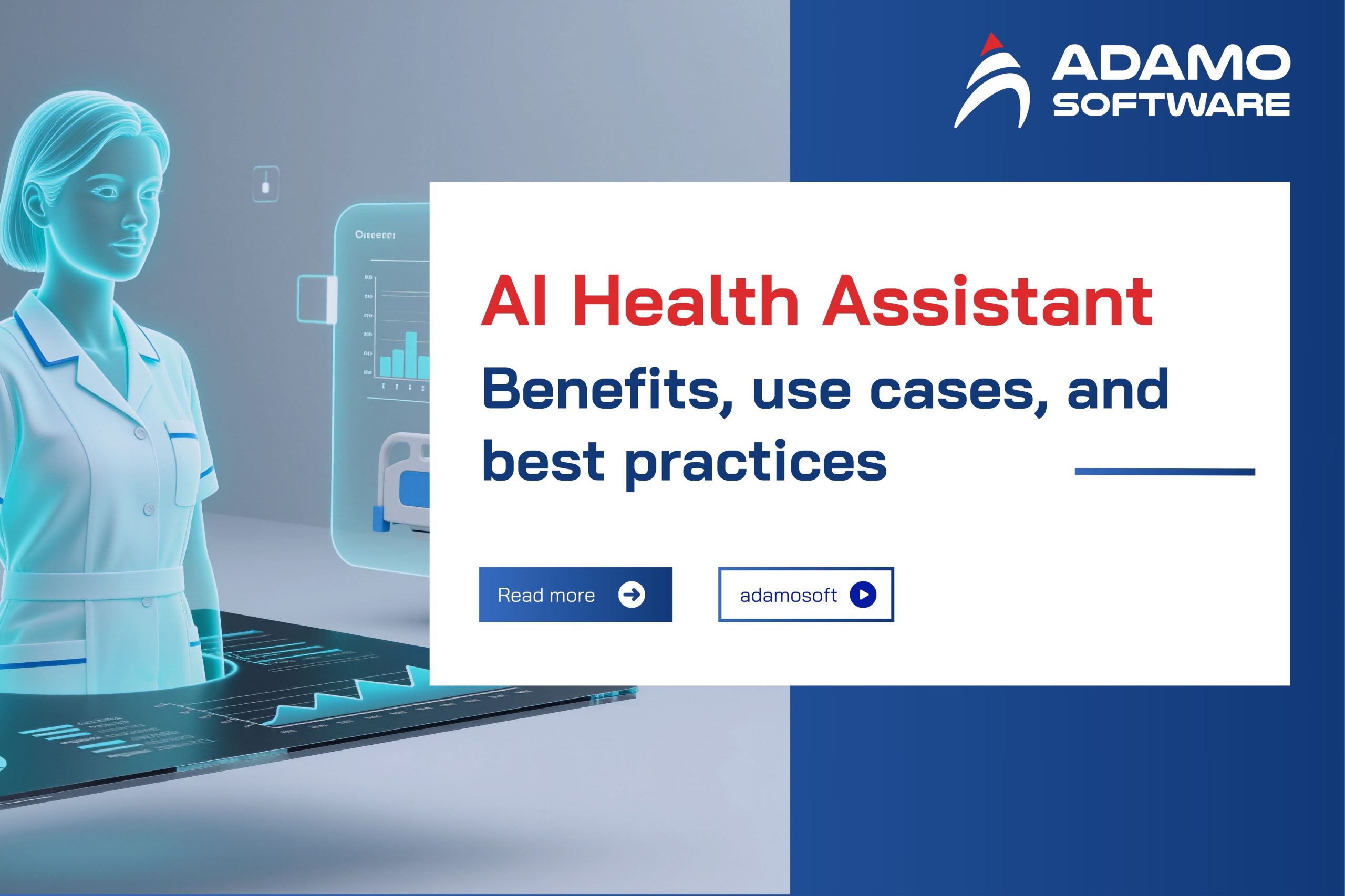
AI Health Assistants transform hospitals with 24/7 patient support, smarter clinical decisions, and lower costs. Explore real-world AI healthcare solutions now.
Healthcare’s moving at lightning speed — and AI’s not just tagging along; it’s driving the change.
Everywhere you look, hospitals are testing new ways to work smarter: faster diagnosis, fewer admin tasks, smoother patient care. AI health assistants — those quiet digital sidekicks helping doctors, nurses, and patients stay connected without adding chaos to already packed schedules.
They don’t “replace” anyone. They assist. They pick up the routine stuff, remind patients to take meds, flag abnormal readings before they turn serious — things that make a real difference in a hospital day-to-day.
And the best part? These assistants learn. Every record, every chat, every update helps them get sharper. What used to take hours of paperwork can now happen in seconds.
In this article, we’ll break down:
- What is an AI Health Assistant?
- How AI Health Assistants Work
- Benefits of AI-driven Health Assistant
- Best use cases of AI Health Assistant for Hospitals and Clinics
- Best practices for effective AI Assistant in Healthcare
I. What is an AI Health Assistant?
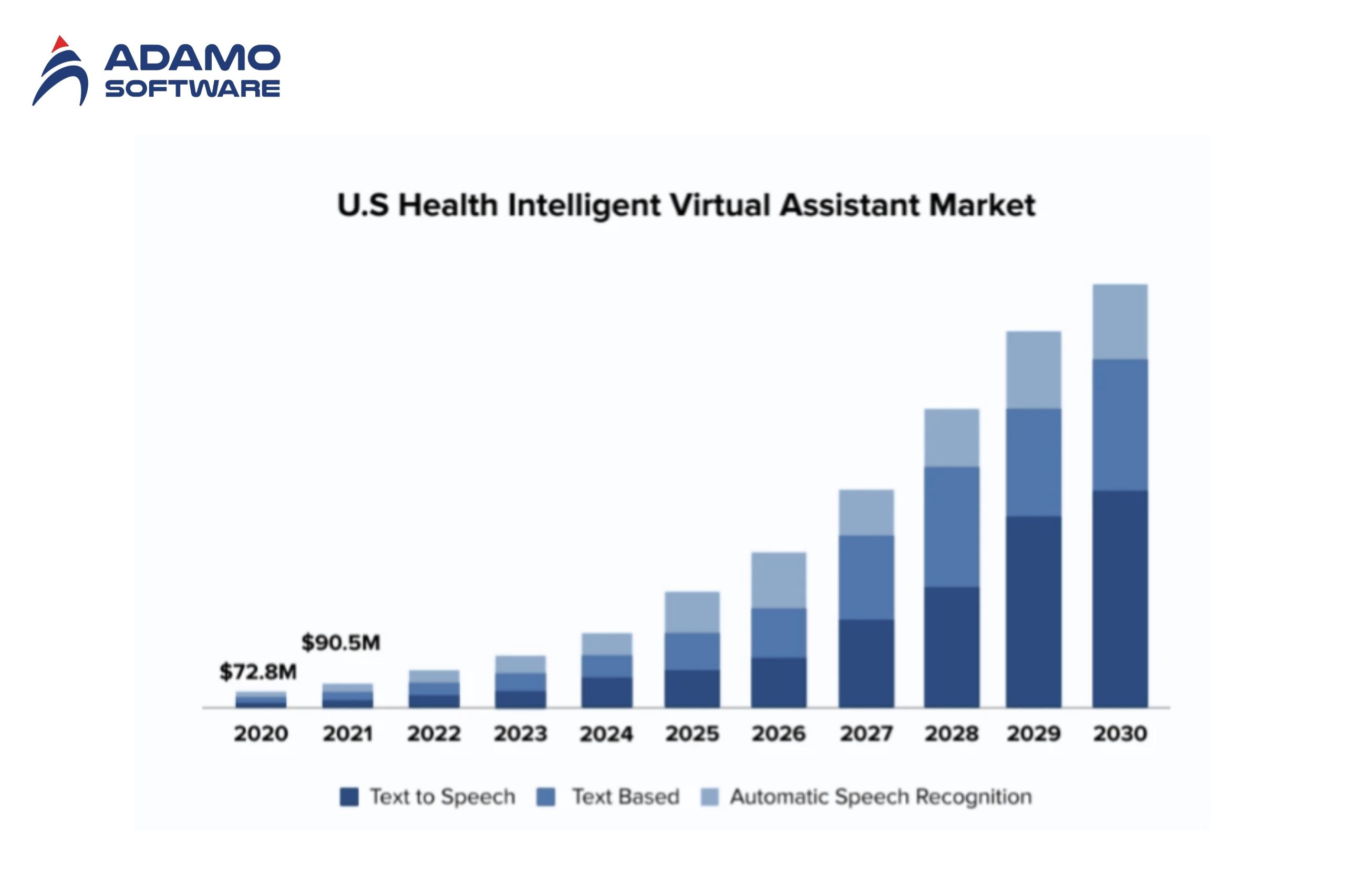
The idea of AI health assistants used to seem far-fetched. Today, many leading hospitals and clinics have adopted them as a “right-hand man” to improve the quality of care and reduce pressure on medical staff.
These virtual assistants are no longer just chatbots or automated answering systems. They are intelligent systems, deeply integrated into hospital operations, supporting doctors, patients, and operations, making every process smoother.
AI can triage cases, suggest preliminary diagnoses, process insurance claims, and provide 24/7 support — all without increasing the workload of staff. This allows doctors to focus on the most crucial task: caring for and saving lives.
The numbers also clearly demonstrate the impact. The AI market in healthcare is expected to reach nearly $188 billion by 2030. According to a study published in JAMA, AI chatbots reduced patient anxiety from 34% to 21%. Some AI models even detected metastatic cancer cells with 99% accuracy, outperforming many medical experts.
Importantly, AI does not replace doctors. It is a tool to support doctors in making faster, more accurate decisions. Thanks to machine learning models, AI analyzes medical records, identifies critical cases, and recommends treatment options in seconds.
Increasingly, healthcare software companies are recognising this potential. They are building everything from smart symptom checkers to comprehensive virtual assistants, helping hospitals save costs, reduce readmissions, and provide personalized care to patients.
The question is: Will you be the first to adopt AI and lead the way, or will you have to follow suit as other hospitals take advantage of this technology?
II. How AI Health Assistants Work
Virtual health assistants are changing the way hospitals care for patients. They not only provide continuous monitoring but also make personalized treatment recommendations. The systems aggregate data from multiple sources, helping doctors detect problems early and reduce readmissions, thereby improving treatment outcomes.
For patients with chronic conditions, AI assistants provide 24/7 support, which is accessible and cost-effective. When patients are empowered to manage their own health, doctors also have a deeper understanding of their condition. The result is more efficient and personalized care.
How AI health assistants work:
1. Data collection
The system pulls real-time data from health monitoring devices, including smart bracelets, home blood pressure monitors, and health apps on phones.
2. Health Indicator Monitoring
The assistant continuously monitors heart rate, blood pressure, blood sugar, and daily activity levels to ensure patients are monitored 24/7.
3. Instant Feedback
Patients and doctors receive instant access to health indicators, along with personalised recommendations based on current data and trends.
4. Personalized Reminders
The system sends reminders for medication, exercise, appointments, etc., to help patients adhere to their treatment plans without missing any critical steps.
5. Health Alerts
When an abnormality or concerning change is detected, the assistant immediately notifies the patient and the medical team, facilitating prompt handling.
6. Predictive Analytics
The advanced assistant utilises predictive analytics to identify health risks before they become serious, enabling doctors to intervene early rather than react when an emergency occurs.
7. Continuous Monitoring
The system provides 24/7 monitoring, reducing the need for patients to visit the clinic in person while ensuring that medical support is always available when needed.
III. Benefits of AI-driven Health Assistant
AI health assistants are quickly becoming indispensable tools in hospitals and clinics. They help optimise processes, enhance patient experience, reduce costs, and inform clinical decisions. Here are the key benefits that AI medical assistants bring:
- Optimize workflow: Reduce administrative burden for medical staff.
- Improve patient experience: Provide 24/7 support and personalize care
- Saving operating costs: Reduce repetitive work and unnecessary examinations.
- Support clinical decisions: Analyse data efficiently and provide accurate recommendations.
- Reduce burnout for medical staff: Help doctors focus on meaningful interactions with patients.
1. Optimize work and improve efficiency
AI Health Assistant helps reduce repetitive tasks in hospitals. For example, tasks such as entering patient information, taking medical examination notes, or scheduling appointments are automated. This frees up healthcare workers to focus on patient care. A study by the American Medical Association found that physicians spend nearly half their time on administrative tasks. AI Health Assistants free up this time, improving the efficiency of the entire practice.
2. Improve patient experience and access
Patient-focused AI Health Assistants provide 24/7 support. Patients can look up information, schedule appointments, and receive guidance without waiting for office hours to be available. This is especially helpful for people with chronic conditions, night shift workers, or those living in remote areas. The system also provides personalized health education, helping patients better adhere to treatment regimens
3. Reduce operating costs
When AI Health Assistants take over repetitive tasks, hospitals can reduce staffing costs. Reception rooms, customer care centers, and billing departments operate more efficiently thanks to automation. For example, AI assistants can filter out cases that do not require in-person visits, saving costs, and reducing pressure on the healthcare system.
4. Clinical decision support
AI Health Assistants rapidly analyse large amounts of patient data and provide crucial information at the point of care. Some systems also suggest diagnoses, recommend follow-up tests, or alert doctors to abnormalities that may be missed. This enables earlier interventions and more precise treatment plans.
5. Reduce stress and pressure on healthcare workers
Burning out among healthcare workers is a serious problem. AI Health Assistants take on tedious tasks, giving doctors time to focus on patient care and professional development. Staff are more satisfied with their jobs, which increases retention and reduces staff turnover.
You can explore more about How can AI be used in healthcare: From smarter diagnoses to safer treatments here.
IV. Best use cases of AI Health Assistant for Hospitals and Clinics
AI Health Assistants do more than answer patient questions. They also help optimize costs, increase operational efficiency, and improve revenue. From patient care, diagnostics, billing management, and administrative automation to mental health support, leading hospitals are leveraging this technology to eliminate bottlenecks and maximise benefits. Here are some of the typical applications:
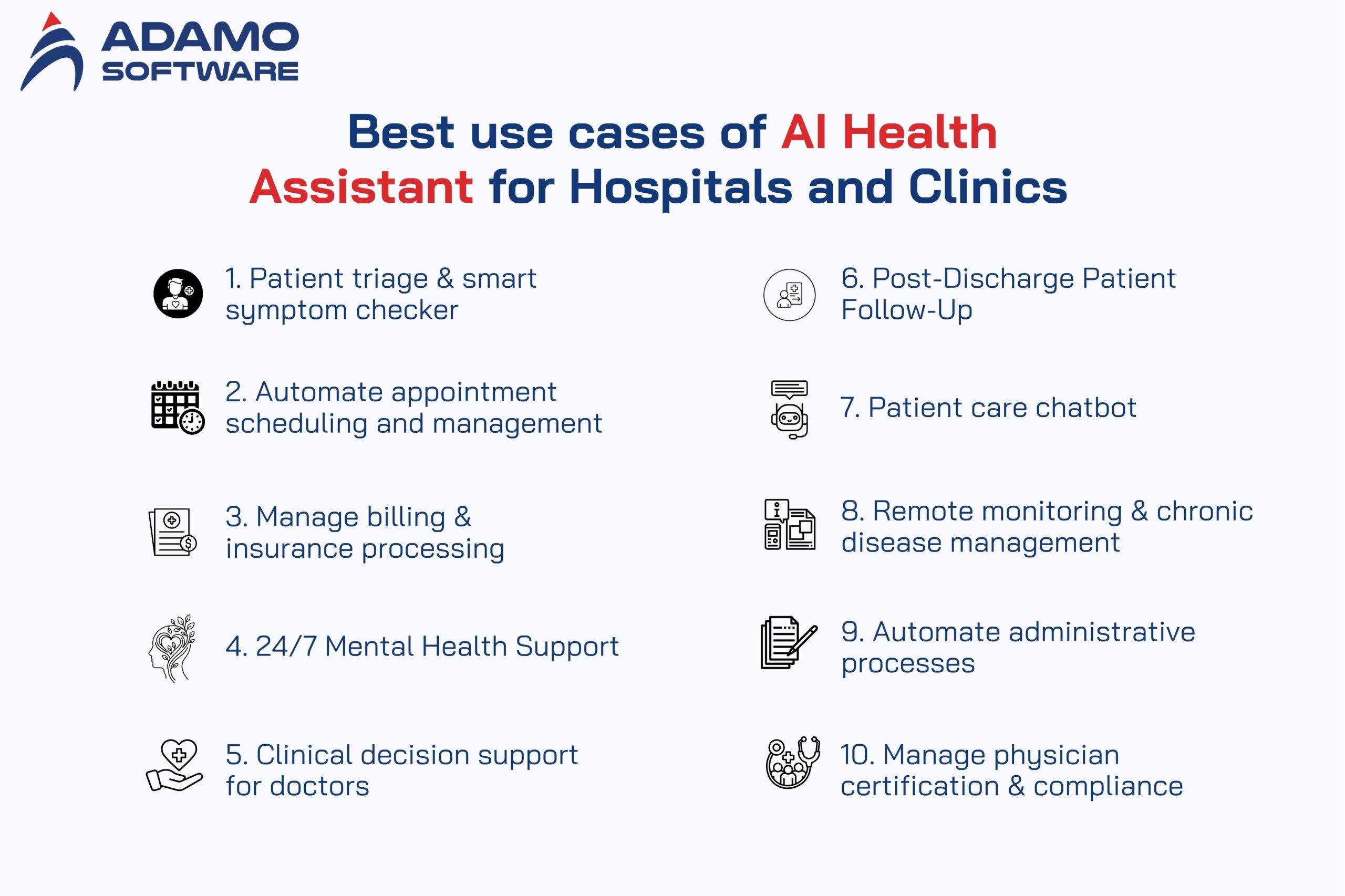
1. Patient Triage and Smart Symptom Checker
Hospitals are often overwhelmed with non-emergency cases. AI Health Assistant can triage patients at the initial stage, analyze their symptoms, and guide them to the appropriate level of care.
- Reduce unnecessary visits by remotely managing mild cases.
- Provide preliminary diagnoses and treatment suggestions via an AI symptom checker.
- Enhance hospital operational efficiency by filtering common cases before patients are seen by a doctor.
2. Automate appointment scheduling and management
Receptionists are often overwhelmed with calls, cancellations, and reminders. AI Health Assistant can automate the entire process, including scheduling, rescheduling, and reminders.
- Automate appointment reminders and handle changes promptly.
- Reduce no-shows with proactive follow-ups.
- Integrate conversational AI to facilitate smooth patient interactions.
3. Manage billing and insurance processing
Incorrect billing results in lost revenue and delays. The AI Health Assistant automates insurance verification, claims processing, and detects payment errors.
- Reduce billing errors and insurance denials with automated data entry.
- Speed up insurance approvals and verification.
- Check compliance and medical coding to limit financial losses.
4. 24/7 Mental Health Support
Psychologists are overloaded and waiting times are long. The AI Health Assistant offers on-demand chat support, therapeutic interventions, and identifies patients at high risk.
- 24/7 support for stress, anxiety, and depression.
- Natural communication through NLP, increasing interaction and empathy.
- Identify high-risk cases and connect with telemedicine experts promptly to ensure timely and effective care.
5. Clinical decision support for doctors
Doctors spend a significant amount of time reviewing records and test results, which can lead to burnout and slow decision-making. The AI Health Assistant analyses data, suggests treatment options, and alerts users to critical cases.
- Improve diagnostic accuracy by checking data and symptoms.
- Detect drug interactions and contraindications to avoid errors.
- Smooth integration with the hospital’s EHR system.
6. Post-Discharge Patient Follow-Up
Post-discharge follow-up is often overlooked. The AI Health Assistant helps track recovery, reminds users to take medications, monitors symptoms, and alerts physicians when intervention is needed.
- Reduce readmission rates with proactive follow-up.
- Ensure medication adherence with AI reminders.
- Provide real-time data to physicians to monitor recovery progress.
7. Patient Care Chatbot
Staff can’t handle every question; slow response is frustrating. AI Chatbots answer FAQs, look up test results, renew prescriptions, and address appointment queries.
- Provide 24/7 instant support to enhance the patient’s experience.
- Reduce repetitive workload for staff.
- Seamlessly integrate with AI solutions in healthcare.
8. Remote monitoring and chronic disease management
Chronic patients need continuous monitoring but cannot regularly visit the hospital. AI combined with IoT tracks health indicators and alerts doctors when abnormalities are detected.
- Real-time remote monitoring, timely warnings.
- Predict health conditions before symptoms worsen.
- Securely store data and scale with cloud integration.
9. Automate administrative processes
Administrative work is time-consuming and resource intensive. AI Health Assistant can automate data entry, updating patient records and internal documents.
- Reduce staff workload.
- Save time on manual record processing.
- Reduce operating costs by optimising processes.
10. Manage physician certification and compliance
Verifying certificates and regulatory compliance is time-consuming and error-prone. AI Health Assistant automatically checks certificates, ensures compliance, and detects errors.
- Speeds up certification and compliance processing.
- Reduces legal risks and errors.
- Seamlessly integrates with healthcare industry updates.
IV. Best practices for effective AI Assistant in Healthcare
To effectively deploy AI in hospitals and clinics, it is necessary to adhere to proven AI development principles. Here are some essential best practices:
- Clear consulting strategy: Define the goals, design, and end benefits before developing AI.
- Ensure data quality: Complex medical data must be cleaned and standardised before being fed into the AI system.
- Close collaboration between experts, including doctors, AI engineers, data scientists, and IT professionals, is essential for effective coordination throughout.
- Put ethics first: Information security, privacy regulations, and legal standards are respected.
- Explainable AI: Algorithms must be transparent so that doctors and patients can understand the decision-making logic.
- Flexible integration & expansion: AI systems must integrate seamlessly with existing EHRs and healthcare platforms and be able to expand with future technologies.
1. Follow a Consulting Approach
Start by clearly defining the goals and designing the AI system. Understanding the end solution and its benefits enables hospitals to optimise their investments and develop effective products. A good consulting strategy also reduces the risk of failure during implementation.
2. Ensure Data Quality
Standardized and clean medical data is the foundation of practical AI. Complex data from multiple sources, such as health monitoring devices, electronic medical records, and mobile applications, needs to be cleaned and structured. Collaboration with an experienced data scientist will help maximize the value of the data.
3. Establish Close Collaboration Between Experts
Multidisciplinary collaboration is vital. Doctors, AI engineers, data scientists, and IT professionals must collaborate closely for AI systems to be truly useful outside the lab. Project failures often stem from a lack of communication between these experts.
4. Keep Ethics in Focus
Compliance with ethics and privacy is a must in any medical AI solution. Utilising encryption, role-based access control, and compliance with legal standards helps protect patient data and fosters trust within the community.
5. Explainable AI (XAI)
Transparency in AI decisions enables doctors and patients to understand how algorithms operate. XAI enhances trust and enables medical teams to make informed decisions based on clearly explained data.
6. Integration and Scalability
Seamless integration and scalability are a must. AI systems must work seamlessly with existing healthcare platforms and EHRs, and be easily scalable as technology evolves, ensuring uninterrupted healthcare.
V. Final thoughts

When it comes to AI Health Assistant solutions, you don’t just need a digtal health solutions provider — you need a partner who understands healthcare efficiency, compliance, and real-world impact. At Adamo Software, we specialise in building AI-powered virtual assistants that are fully integrated, scalable, and tailored to meet the specific needs of your hospital or clinic.
Leading healthcare providers trust Adamo for AI Health Assistants because our solutions streamline workflows, enhance patient care, and deliver measurable ROI. From predictive analytics to personalized patient engagement, we help hospitals adopt AI that truly transforms operations and elevates the quality of care.
FAQs
1. How long does it take to develop a custom AI health assistant?
On average, building a custom AI health assistant takes 4–6 months, though the exact duration can vary depending on the complexity of the features and integrations required.
2. What are the best AI health assistant apps for checking baby symptoms in 2026?
Please note: no app can replace a professional pediatrician — symptom checkers should be used as supportive tools, not substitutes for medical consultation.
| App | Age-focus & infant suitability | Key features for baby symptom checks | Notes / limitations |
| Expealth – Baby & Child Care | Designed for infants and children; includes growth and development tracking. | AI-based pediatric assistant with personalized symptom checks, growth insights, risk alerts, and integrated telehealth options. | May require subscription or region-specific data privacy compliance. |
| The Lullaby Trust Baby Check (UK) | Tailored for newborns and young babies to help assess when to seek care.
|
Offers 17–19 easy symptom checks, color-coded risk levels (green/amber/red) for quick triage. | Not full AI; functions more like a guided checklist. Primarily UK-focused. |
| Symptomate – Symptom Checker | Suitable for both children and adults; includes parent/caregiver input mode. | Interactive AI interviews assess multiple symptoms and provide urgency levels. | Not baby-focused; ensure the tool captures correct data for infants under 12 months. |
| iPoorly: Child Symptom Checker | Designed for kids under 5, including babies. | Records acute symptoms and shares logs with healthcare professionals. | Prototype stage; availability may vary by region. |
| HANDi App | Focused on newborns and common childhood illnesses. | Developed by pediatric consultants advises whether to treat at home or seek care. | Not explicitly branded as a “baby AI assistant”; confirm infant (0–12 months) support. |
3. Which option works better for prescription reminders — an AI assistant built into messaging apps or a standalone one?
Both solutions can manage your prescriptions effectively, but they cater to different user habits and needs. Here’s how they compare:
| Criteria | AI Assistant Built Into Messaging Apps (e.g., WhatsApp, Telegram) | Standalone AI Health Assistant App |
| Ease of Use | Super convenient — reminders appear directly in your chat apps. | Requires opening a separate app and extra setup. |
| Integration & Context | Can understand messages (e.g., “I took my pill”) and adjust reminders automatically. | Limited to manual input; no chat-based learning. |
| Notification Reliability | May depend on app permissions — some chats mute notifications. | Push notifications are consistent and customizable. |
| AI Intelligence | Uses conversational AI for quick Q&A like “Can I take this with food?” | Offers medical-grade AI with drug interaction insights and analytics. |
| Privacy & Security | Slight risk of third-party data sharing; not always HIPAA-compliant. | Designed for compliance (HIPAA/GDPR), with encryption and user consent. |
| Offline & Cross-Device Use | Works anywhere your messaging app does; easy to sync. | Cloud-based syncing across devices with full backup. |
| Best For | Users who want simple, chat-based reminders. | Users manage multiple meds, chronic care, or family regimens. |
Adamo’s Recommendation:
- For light, everyday users (one or two prescriptions) go with a messaging-based AI assistant — it’s frictionless and integrates naturally into daily routines.
- For patients with chronic conditions or complex regimens: choose a standalone AI health assistant (e.g., Medisafe, MyTherapy, CareClinic). These apps offer advanced tracking, refill alerts, doctor notes, and AI-based adherence insights.
4. What are the pricing tiers of popular AI medical assistant apps that sync with fitness wearables?
Most AI-enabled health and fitness apps use a freemium model.
- Free tier: Basic tracking, limited AI insights, and standard syncing with wearables (Fitbit, Apple Watch, Garmin).
- Premium tier (US$6–$12/month): Advanced AI coaching, personalized nutrition/workout plans, deeper analytics, and expanded wearable data integration (e.g., MyFitnessPal Premium, Lose It! Premium).
- High-end or enterprise solutions: Apps with more clinical-level AI or multi-device syncing can cost significantly more or require custom development.
For organizations, custom AI solutions from Adamo Software can also be tailored to specific healthcare needs.
5. What are the top AI health assistant subscriptions for new moms (features + price)?
| App | Key Features | Pricing |
|---|---|---|
| Mia | AI baby tracking, feeding/sleep logs, reminders | Freemium; premium add-ons vary by region |
| Momigo | Pregnancy + baby growth tracking, milestones, reminders | Freemium with optional low-cost subscription |
| PregnancyPal | AI pregnancy guidance, kick/contraction counters, postpartum tools | Free with optional upgrades |
| Wolomi | Expert support (OB/GYN, lactation, mental health), community guidance | Paid membership; limited free tier |
| HealthifyMe | AI nutrition coach, meal/exercise insights, wearable syncing (good for postpartum wellness) | Freemium; premium coaching subscription |
If needed, you can also consider custom AI health-assistant solutions from Adamo Software for tailored mother-and-baby use cases.




